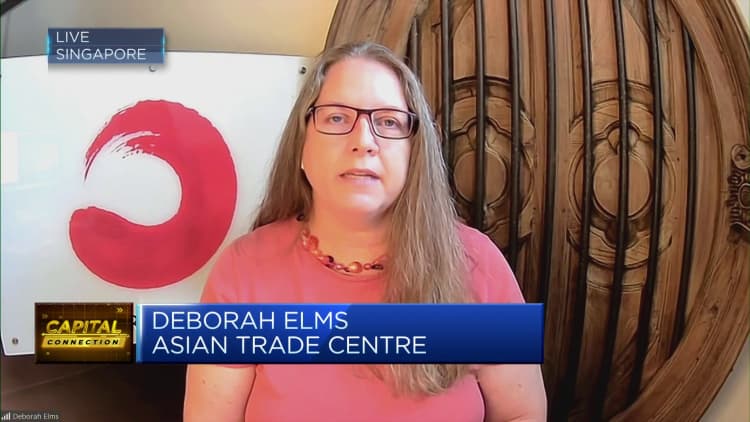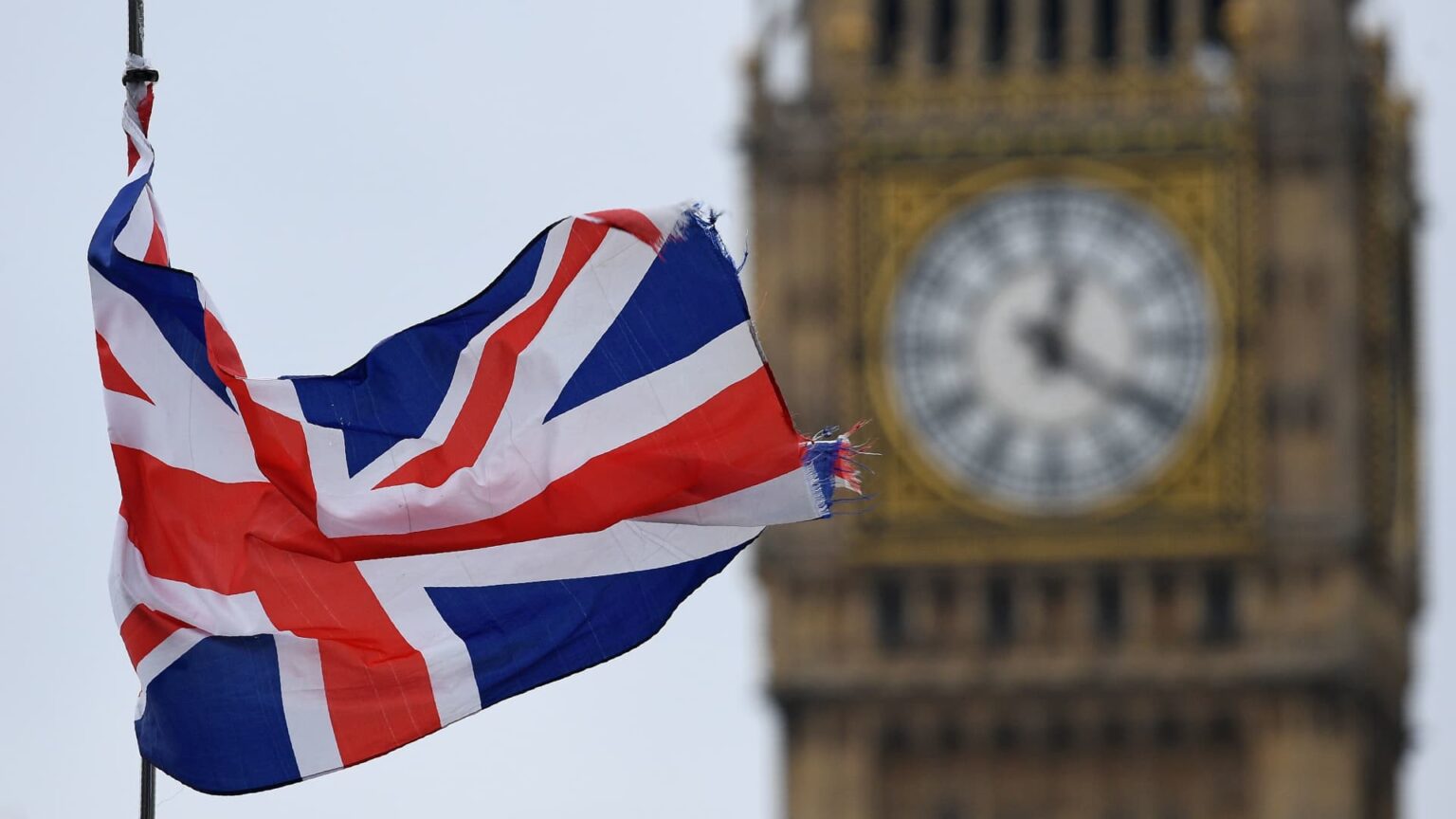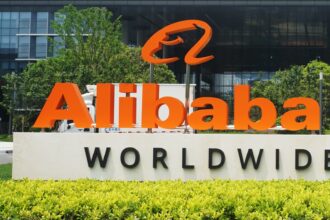Britain struck a historic trade deal to join a vast Indo-Pacific trade bloc after nearly two years of intense negotiations.
On Friday, the government said it will join the 11-member Comprehensive and Progressive Agreement for Trans-Pacific Partnership, unlocking access to a region with a total GDP of £11 trillion ($13.6 trillion).
The U.K. said this was the country’s largest post-Brexit trade deal and makes it the first European nation to join the CPTPP, since it came into force in 2018.
Prime Minister Rishi Sunak hailed the deal and said it puts the U.K. at the center of a dynamic and growing group of Pacific economies.
“We are at our heart an open and free-trading nation, and this deal demonstrates the real economic benefits of our post-Brexit freedoms,” he said in a statement. “British businesses will now enjoy unparalleled access to markets from Europe to the south Pacific.”
The trade bloc spans Canada, Mexico, Japan, Australia, Vietnam, Singapore and Malaysia, among others. The agreement is expected to be formally signed by year end, after final approval from Parliament and the 11 member states.
The trade pact evolved out of the now-defunct Trans-Pacific Partnership, or TPP, that originated in the United States but fell apart after former President Donald Trump scrapped U.S. involvement.
Trade benefits
Britain said the deal will cut tariffs on exports of food, drink and cars, and will grant access to a market of around 500 million people and will be worth 15% of global GDP once the UK joins the trade bloc.
The U.K. estimates joining the CPTPP will boost its economy by £1.8 billion in the long term and lift wages by £800 million compared with 2019 levels.
The trade secretary, Kemi Badenoch, said the deal sends a “powerful signal” that Britain is using its “post-Brexit freedoms to reach out to new markets around the world and grow our economy.”
Natalie Black, the U.K.’s trade commissioner for Asia Pacific, called it a “progressive deal” for Britain.
“This deal is, yes, about economic performance today. But is very, very much about economic performance in the future,” she told CNBC’s “Squawk Box Asia” on Friday.
“This is the part of the world that is going to drive economic growth, and also drive the rules of the road of trade going forward. We want to be part of those discussions.”
Still, it remains to be seen how much the deal actually benefits Britain’s growth prospects. Based on the government’s own estimates, the deal will raise long-term domestic GDP by just 0.08%, which will have little impact to offset European trade losses as a result of Brexit.
Deborah Elms, executive director of the Asian Trade Centre, said it’s very hard to calculate these trade figures, especially based on existing trade flows.
“If you are a U.K. company, you probably have limited existing trade flows to many of the CPTPP countries like Australia, New Zealand, Japan and Singapore, ” she told CNBC’s “Capital Connection.” “Simply, because the distance is far and because you used to be very tightly enmeshed with the European Union.”

The trade flows are always “under what you actually are likely to see in the reality as businesses recognize the benefits and start to use a trade agreement like the CPTPP,” she added.
High bar for entry
Still, negotiations to finalize the trade deal, haven’t always been easy. An impasse between Britain and Canada over agricultural market access had to be smoothed over to remove the final hurdle in closing the agreement.
“This has been a complex deal to negotiate,” acknowledged Black. “We’ve been negotiating across multiple time zones across a range of complex issues. And they’re not always straightforward. But, ultimately, all parties have agreed that the U.K. is a great new member of CPTPP.”
China has also applied to join the trade bloc but has not made as much progress as the U.K.
There are many “aspirant economies” who have either “declared that they want to formally join or we know are interested in joining,” said Black.
While the trade commissioner said it “wouldn’t be appropriate” to comment on individual economies, she noted the barriers to joining the trade bloc are very high.
“It’s really up to those who come behind us to make sure they meet the expectations of members of having high quality applications.”
Read the full article here










